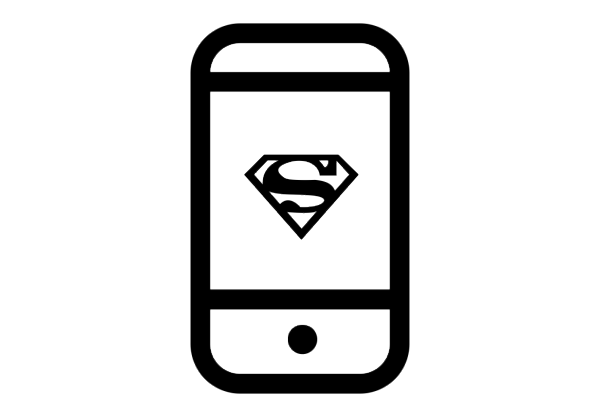Whatever Happened to the Term “Superphone”?

Providing an indication of how much and how quickly the industry has evolved, the term seems to have been introduced by Google to describe its HTC-made Google Nexus One handset. This was a 3G device featuring a 3.7-inch display with a resolution of 480 x 800 pixels, a single-core Qualcomm processor, a five-megapixel camera on the rear and no front-facing camera.
The Nexus One was a solid product for the time and labelling it as a superphone was a clever marketing tactic to differentiate the device. Feature phones were outclassed by smartphones, and smartphones faced pressure from the new upper class of super-devices.
Technical specifications are a moving target and to make a superphone in 2017 requires meeting some eye-watering benchmarks, compared with the Nexus One. But a more important factor is how smartphone manufacturers position their devices.
Samsung and now Apple have been layering their flagship phones as big, bigger and best. If Samsung’s Galaxy S8 and S8+ are similar siblings, the Galaxy Note8 is a favourite child that gets the best stuff. For Apple, its iPhone X stands above its iPhone 8 predecessors both in number and in spirit.
This is more than a matter of smartphone taxonomy, it’s also part of a new portfolio strategy. Smartphone makers are aware that upgrade cycles have become elongated. They’re building devices that will need to deliver three-year ownership, rather than just two, for many consumers. In other words, phones are being designed to be 50 percent more special to justify a 50 percent price delta. This is the start of what can be called a “super-cycle”.
Apple and Samsung have established an aspirational product category. These are high-profile examples, but other manufacturers including Huawei and Sony have expanded their portfolios in similar layers with something exceptional at the top of the device pyramid.
The superphone label could make a comeback, perhaps in some mutated form. It would be a convenient way to recognize the fact that there’s a market growing for devices beyond the benchmarks set by traditional flagships.

 Twitter
Twitter
 Facebook
Facebook
 LinkedIn
LinkedIn
 Email
Email